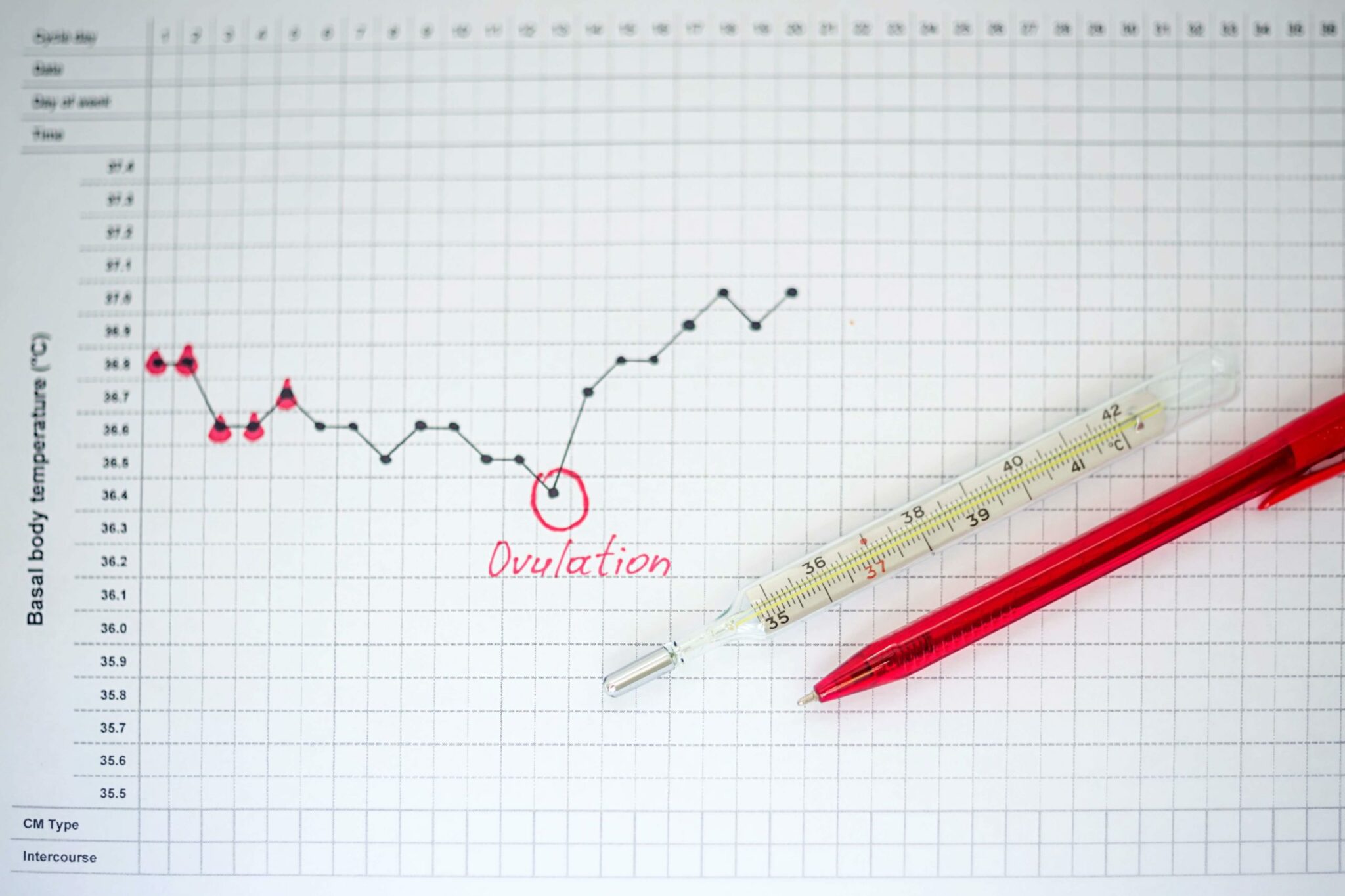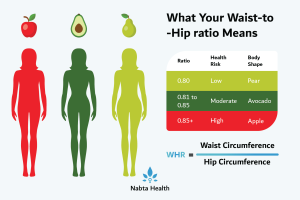لدى زوجي عدد منخفض من الحيوانات المنوية; متى يكون أفضل وقت للجماع؟

A man will be diagnosed with a low sperm count if his semen sample contains fewer than 15 million sperm per milliliter. The medical term for this condition is oligozoospermia and it is one reason for male infertility. Establishing the prevalence of male infertility is challenging. However, abnormal sperm production, including low sperm counts, is considered to be one of the major contributing factors.
Having a low sperm count does reduce the odds of a couple falling pregnant. However, it can still happen; after all, it only takes a single sperm to fertilise an egg. A female can only fall pregnant if she ovulates, which is the process by which an egg is released from the ovary. This happens about midway through her menstrual cycle; for a woman with a 28 day cycle, ovulation will occur around day 15. This is when she is at her most fertile and conception is most likely to occur. However, sperm can survive for approximately five days inside the female body. For those who wish to maximise their chances of conceiving, it is worth having intercourse every day. That is, from at least four days prior to the expected date of ovulation. The released egg is only viable for fertilisation for 12-24 hours after ovulation. Intercourse after this time will not result in pregnancy.
Methods used;
There are methods available to assist a female in determining if and when she has ovulated, including commercially available kits and the charting of basal body temperature (BBT). BBT will rise 0.5°C after ovulation. Knowing precisely when ovulation is likely and timing intercourse accordingly, will further increase the chances of successful fertilisation. If a female’s cycles are irregular this may be more challenging.
Often the cause of low sperm count in males is unknown, with hormones, medications, genetics and childhood conditions all thought to play a role. To further increase the likelihood of pregnancy without medical intervention, men may be encouraged to make certain lifestyle changes. It is important to treat underlying medical conditions. Adopting a better diet and avoiding alcohol and smoking can help. Seeking help for the management of medical issues, such as varicoceles, genital infections and hormonal irregularities.
Nabta is reshaping women’s healthcare. We support women with their personal health journeys, from everyday wellbeing to the uniquely female experiences of fertility, pregnancy, and menopause.
Get in touch if you have any questions about this article or any aspect of women’s health. We’re here for you.
Sources:
- “Low Sperm Count.” Mayo Clinic, 18 Sept. 2018, www.mayoclinic.org/diseases-conditions/low-sperm-count/diagnosis-treatment/drc-20374591.
- Sengupta, P, et al. “The Disappearing Sperms: Analysis of Reports Published Between 1980 and 2015.” American Journal of Men’s Health, vol. 11, no. 4, July 2017, pp. 1279–1304., doi:10.1177/1557988316643383.










